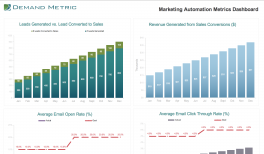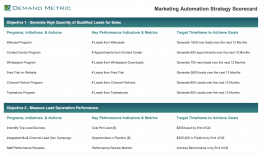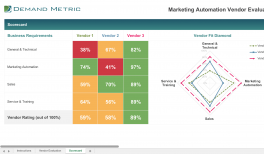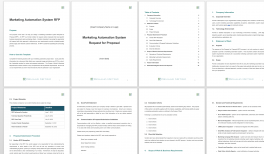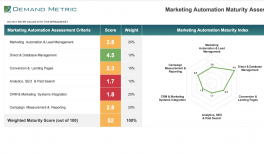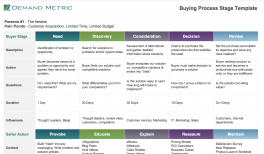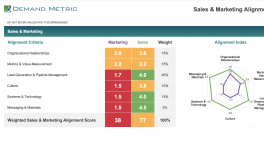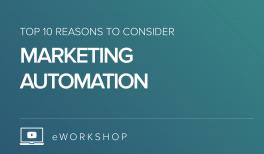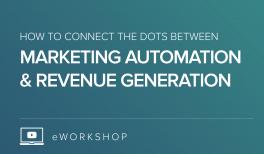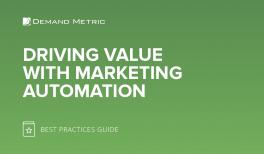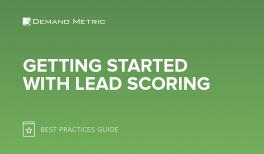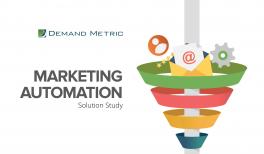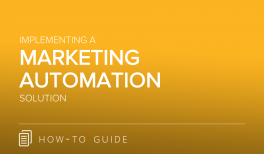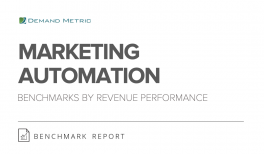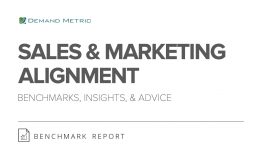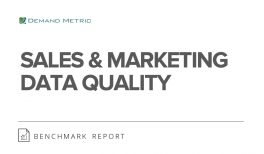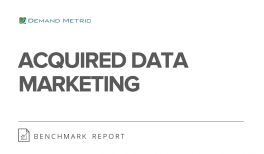This Guide discusses how the ins-and-outs of B2B marketing automation to ensure your organization's success as you purchase and implement a system.
B2B Marketing Automation Best Practices Guide
Resource Overview
Related Resources
Executive Summary
Business-to-business (B2B) marketing automation systems are among the hottest sectors of the technology industry. Vendor revenues have grown at 50% per year since 2009 and will probably top $1 billion in 2014. Leading vendors including Eloqua, Marketo, and Pardot have been acquired or gone public at tremendous valuations. Major software companies including IBM, Oracle, Salesforce.com, Adobe, and Teradata have purchased B2B or business-to-consumer (B2C) marketing automation products. Venture capitalists have invested several hundred million dollars in start-ups and existing firms.
Yet, despite this growth, fewer than 20% of B2B marketers have purchased an integrated marketing automation system (although many more use email, Web analytics, and other component technologies). Even more alarming, many past buyers do not use their systems fully and a significant portion report little benefit from their investment.
The lesson of these statistics is not that marketing automation doesn’t work. The same studies show that the majority of users are satisfied and productive. Rather, the point is that marketing automation works only when marketers deploy their systems effectively. This How-To Guide will help to ensure that you are among the successful majority of B2B marketing automation buyers, not the unhappy remnant.
This guide includes the following sections:
- What is B2B Marketing Automation?
- Core Functions
- Specialty Functions
- Key Considerations
- Vendor Landscape
- Best Practices
Demand Metric's How-To Guides are designed to provide practical, on-the-job training and education and provide context for using our premium tools & templates. If there is a topic that you would like to see covered, please contact us at info@demandmetric.com(link sends e-mail) to make a content request.


